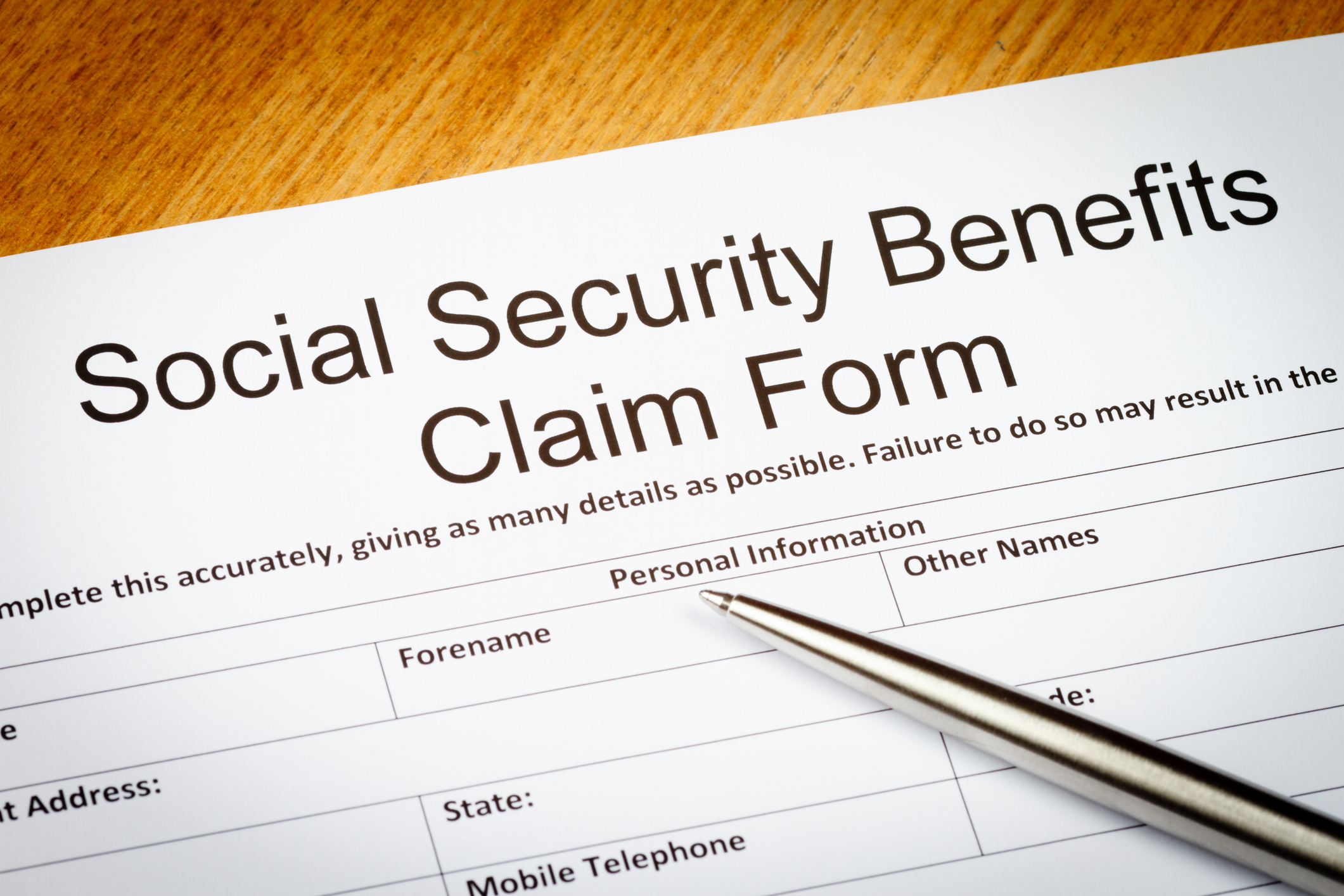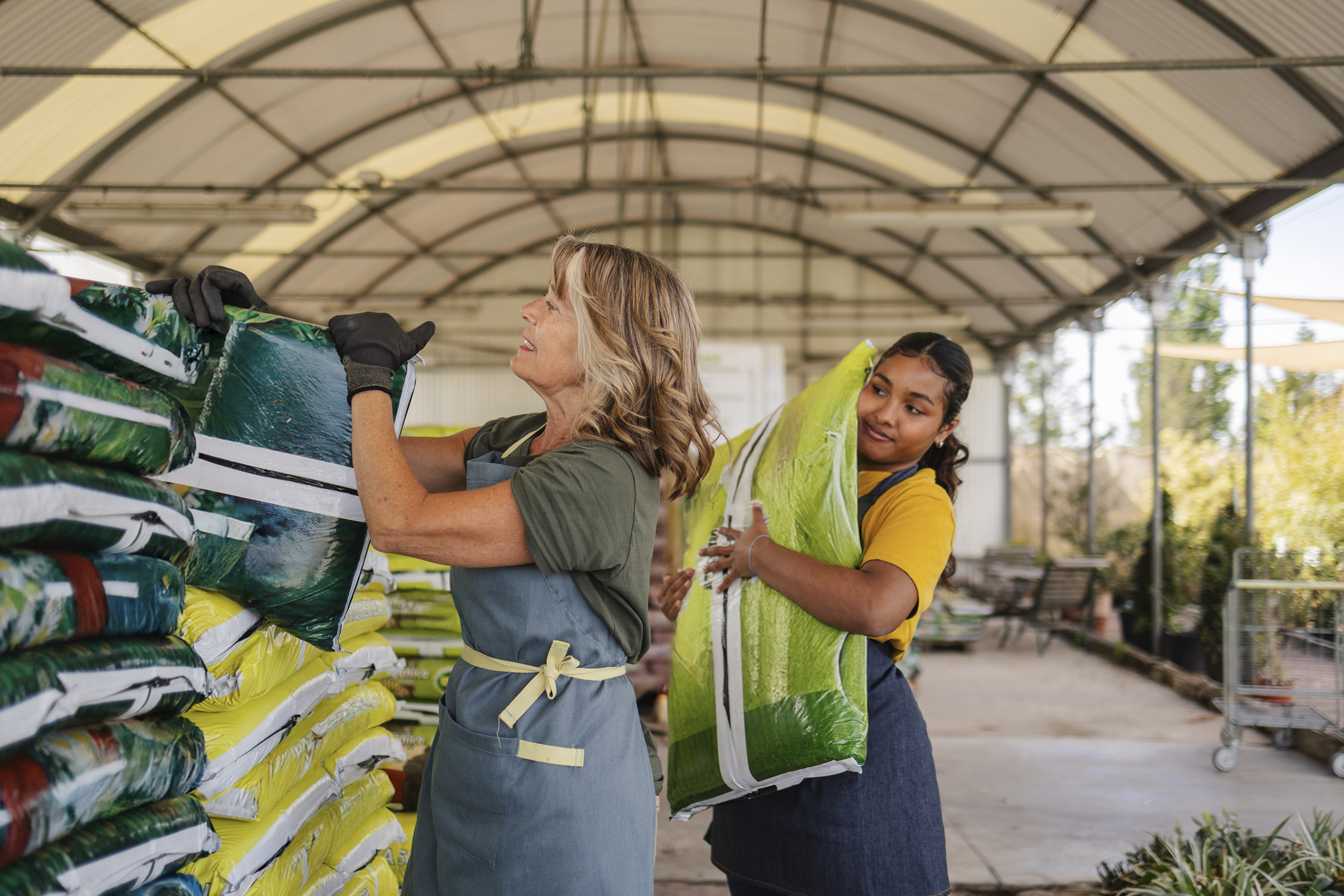Social Security Earnings Tests: Five Things You Must Know
If you’re still working and claim Social Security early, your benefits could be reduced, at least temporarily.


Rachel L. Sheedy
When it comes to the intricacies of Social Security, it pays to think about timing. A big reason experts advise waiting until at least full retirement age to claim Social Security benefits: You get to skip the Social Security benefits earnings test, which hits early claimers who are still working. But there are actually two earnings tests — an annual test and a monthly test — and the second one can help early retirees leaving work midyear to avoid the trap.
Older workers are taking increasingly varied paths out of the workforce. Many such workers are more likely to partially retire or move in and out of the labor force before permanently leaving the workforce, according to the 2023 SSA report, Retirement Trajectories and Social Security’s Retirement Earnings Test. That's why it is important for older workers and their families to understand the implications of the retirement earnings test for their work and retirement decisions.
Here are five things you need to know about the two Social Security earnings tests, including the income thresholds the Social Security Administration set for 2025.

1. Social Security earnings test for annual income
The Social Security Administration always applies the annual earnings test first. Based on that test, the agency temporarily withholds $1 of a worker's benefits for every $2 earned over $23,400 in 2025, up from $22,320 in 2024. In a year the worker hits full retirement age, the test is more generous — the worker forfeits $1 in benefits for every $3 in 2025 earnings above $62,160, an increase of $2,640 over the 2024 limit of $59,520.
In the month a worker hits full retirement age, the annual earnings test goes away. The worker can earn whatever he or she likes, and the monthly benefit amount will be adjusted upward to account for all benefits forfeited in the past (more on recouping lost benefits below).

2. Social Security monthly earnings test
If the annual test has tripped you up, you still have a shot at your full benefit. The SSA will apply a monthly earnings test and set your payments according to whichever test is better for you. "It helps people who retire in the middle of the year not to be penalized," says Jim Blair, a former Social Security district manager and a partner at Premier Social Security Consulting, in Sharonville, Ohio.
The monthly test can be used for only one year, usually the first year of retirement. And it comes into play generally for midyear retirees who have already earned more than the annual limit. Those who pass the monthly earnings test can receive 100% of their benefits for any full month the agency considers them retired, regardless of total annual earnings.

3. How the Social Security monthly earnings test works
Here's how the Social Security monthly earnings test works based on your full retirement age.
If you will be under full retirement age for all of 2025, you will be considered retired in any month you earned $1,950 or less, up $90 from the 2024 limit of $1,860.
If you reach full retirement age in 2025, you’re considered retired in any month you earn $5,180 or less, an increases of $220 from $4,960 in 2024.
For example, say a new Social Security beneficiary will turn 62 — the earliest age at which you can claim Social Security but still much younger than the Social Security full retirement age — in June. He wants to retire at the end of June after making $100,000 in the first half of 2025 and wants to start collecting Social Security benefits in July.
Based on the annual earnings test, he'd get no benefit. But in July through December, if he earns $1,950 ($1,860 in 2024) or less each month, the monthly earnings test would open the door to full benefits. If he went over that amount in a month, then the SSA uses the $100,000 he earned through June and he would not receive a Social Security check for that month.
When retiring in the year you reach full retirement age, the earnings test only applies in the months prior to the month of your birthday. The higher threshold of $5,180 ($4,960 in 2024) would apply if the monthly test is used in 2025. The earnings tests count only earned income from a job or self-employment; investment income, for example, and retirement-plan payouts, are ignored.

4. Recouping benefits lost to the Social Security earnings tests
The burning question when a person loses Social Security benefits to the earnings test: When do I get my money back?
Unfortunately, you won’t get all your (temporarily) forfeited benefits back in a lump sum at full retirement age. Instead, your monthly benefit amount is adjusted upward the month you hit full retirement age to account for forfeited benefits. The disappearing benefits essentially reduce the time you were considered to have claimed benefits early.
Say you took benefits at age 62 instead of waiting until your full retirement age of 66, giving your benefits a haircut of 25%. If you forfeited 12 months’ worth of benefits to the earnings test, at your full retirement age, you’ll be treated as if you claimed benefits three years early, instead of four. Your lifetime benefits reduction will get slashed from 25% to about 20%. That puts more money in your check every month, and if you live long enough, you’ll recoup all the benefits the earnings test temporarily took away.

5. Beware of receiving more in benefits than you should
If you work while claiming early benefits, call Social Security with your estimated earnings so you don't get more benefits than you’re due. “Eventually, earnings are posted to your record and they'll see they overpaid," Blair says. The SSA will want the money back — and will withhold benefit checks until the overpayment is cleared.
Currently, overpayments will result in up to 50% of your benefits being withheld every month until the overpayment is repaid.
Related Content
Profit and prosper with the best of Kiplinger's advice on investing, taxes, retirement, personal finance and much more. Delivered daily. Enter your email in the box and click Sign Me Up.
Jackie Stewart is the senior retirement editor for Kiplinger.com and the senior editor for Kiplinger's Retirement Report.
- Rachel L. SheedyEditor, Kiplinger's Retirement Report
-
 What to expect from the global economy in 2026
What to expect from the global economy in 2026The Kiplinger Letter Economic growth across the globe will be highly uneven, with some major economies accelerating while others hit the brakes.
-
 What You Need to Do With Your 401(k) Before 2025 Is Over
What You Need to Do With Your 401(k) Before 2025 Is OverBefore 2025 ends, check your 401(k) contributions, investments, and catch-up eligibility to lock in this year’s tax savings and employer match.
-
 3 Year-End Tax Moves You Can't Afford to Miss
3 Year-End Tax Moves You Can't Afford to MissDon't miss out on this prime time to maximize contributions to your retirement accounts, do Roth conversions and capture investment gains.
-
 What You Need to Do With Your 401(k) Before 2025 Is Over
What You Need to Do With Your 401(k) Before 2025 Is OverBefore 2025 ends, check your 401(k) contributions, investments, and catch-up eligibility to lock in this year’s tax savings and employer match.
-
 I'm a Tax Attorney: These Are the Year-End Tax Moves You Can't Afford to Miss
I'm a Tax Attorney: These Are the Year-End Tax Moves You Can't Afford to MissDon't miss out on this prime time to maximize contributions to your retirement accounts, do Roth conversions and capture investment gains.
-
 I'm an Investment Adviser: This Is the Tax Diversification Strategy You Need for Your Retirement Income
I'm an Investment Adviser: This Is the Tax Diversification Strategy You Need for Your Retirement IncomeSpreading savings across three "tax buckets" — pretax, Roth and taxable — can help give retirees the flexibility to control when and how much taxes they pay.
-
 I'm Retired With $2.2 Million Saved and Work 2 Retail Shifts a Week for Fun. My Young Colleague Just Got Her Hours Cut. Should I Quit So She Can Have My Shifts?
I'm Retired With $2.2 Million Saved and Work 2 Retail Shifts a Week for Fun. My Young Colleague Just Got Her Hours Cut. Should I Quit So She Can Have My Shifts?Should she quit her job so a struggling young colleague can take her shifts? We asked certified financial planners for advice.
-
 Could an Annuity Be Your Retirement Safety Net? 4 Key Considerations
Could an Annuity Be Your Retirement Safety Net? 4 Key ConsiderationsMore people are considering annuities to achieve tax-deferred growth and guaranteed income, but deciding if they are right for you depends on these key factors.
-
 I'm a Financial Pro: Older Taxpayers Really Won't Want to Miss Out on This Hefty (Temporary) Tax Break
I'm a Financial Pro: Older Taxpayers Really Won't Want to Miss Out on This Hefty (Temporary) Tax BreakIf you're age 65 or older, you can claim a "bonus" tax deduction of up to $6,000 through 2028 that can be stacked on top of other deductions.
-
 Why Playing It Safe in Retirement Is a Big Risk
Why Playing It Safe in Retirement Is a Big RiskFear of losing money could actually cost you in retirement. Find out why being too conservative with your life savings can hurt you and how to stop that from happening.
-
 QUIZ: What Type Of Retirement Saver Are You?
QUIZ: What Type Of Retirement Saver Are You?Quiz What is your retirement savings style? Find out with this quick quiz.
